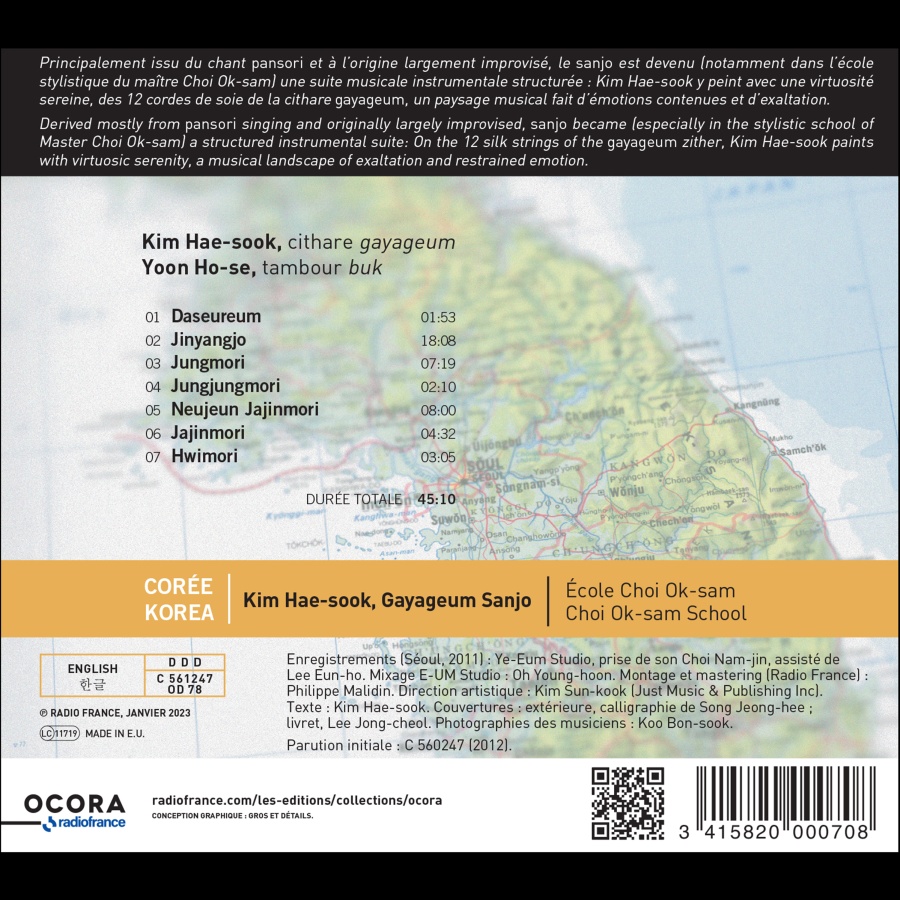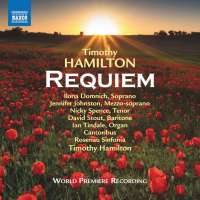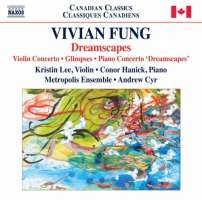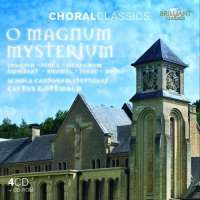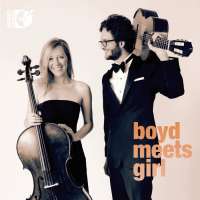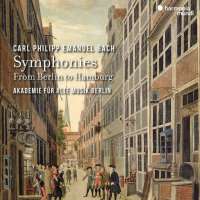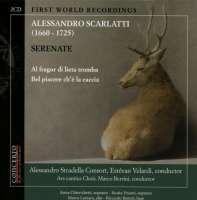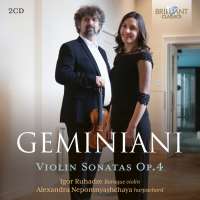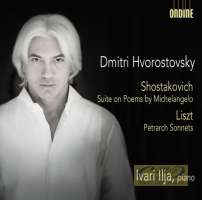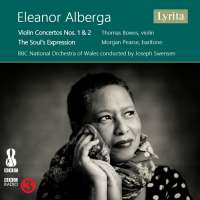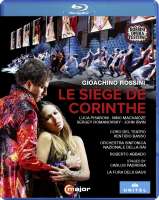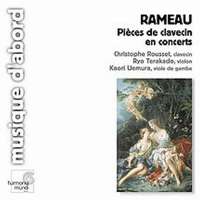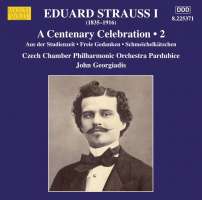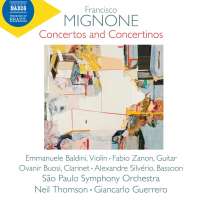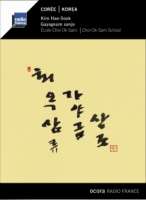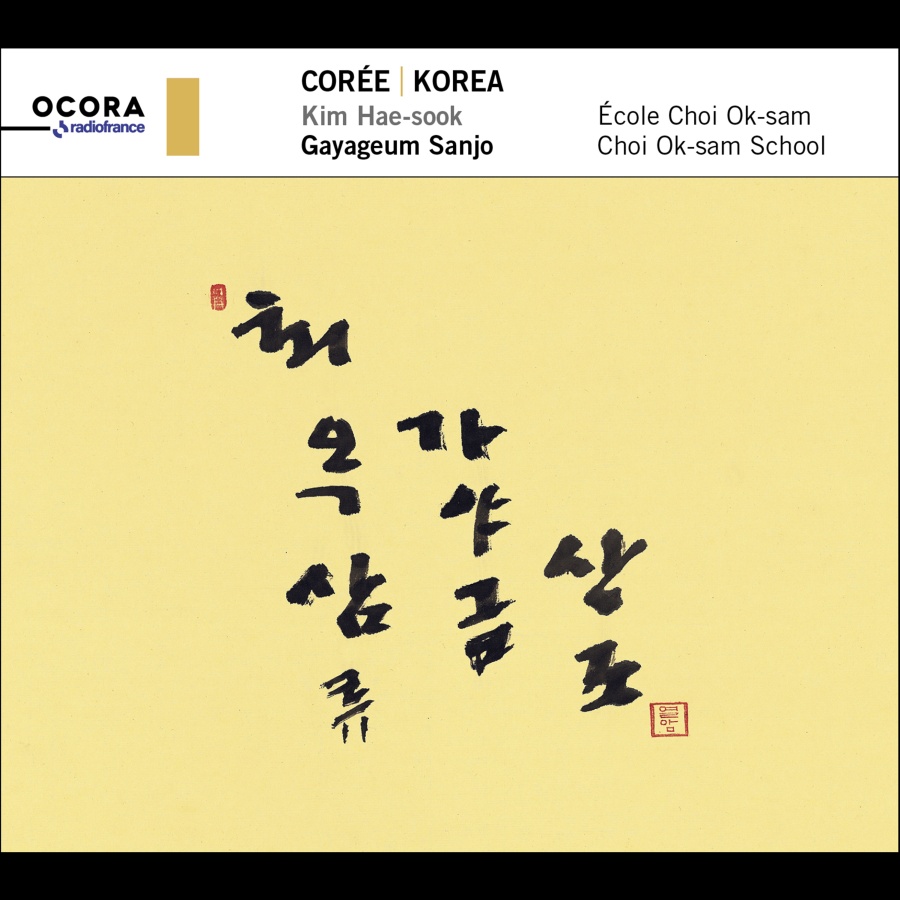
tytuł
Korea - Gayageum Sanjo
wykonawcy
Hae-Sook, Kim
nr katalogowy
C561247
opis
Derived mostly from pansori singing and originally largely improvised, sanjo became (especially in the stylistic school of Master Choi Ok-sam) a structured instrumental suite: On the 12 silk strings of the gayageum zither, Kim Hae-sook paints with virtuosic serenity, a musical landscape of exaltation and restrained emotion.
In the 14th and 15th centuries, most genres of the royal court music of the Joseon dynasty (ancestral rituals, banquets, military ceremonies etc.) were performed to realise the ideals of Confucianism. Emphasis was placed more on ideologies than on acoustic aesthetics. Consequently, rather than appreciating free expression, it was a common practice to moderate melodic progress, tempi and ranges. But a change in the musical climate encouraged emotional expression, calling for virtuosic professional performers. This led to the rise of the vocal genre of pansori as the kind of music that made the audience laugh and cry, which eventually resulted in the emergence of sanjo as solo instrumental music. This new genre overtly adopted the musical language of pansori, so much so that it has often been dubbed “pansori without voice”.
The sanjo was originally created on the gayageum zither, the most representative of Korean string instruments. Initially an improvised musical form, the sanjo was diversified as various schools were formed according to teachers’ traditions and performing styles, exploiting the full technical potential of the instrument.
nośnik
CD
gatunek
World music
producent
Ocora
data wydania
04-05-2023
EAN / kod kreskowy
3415820000708

(Produkt nie został jeszcze oceniony)
cena 79,00 zł
lubProdukt na zamówienie
Wysyłka ustalana indywidualnie.
Darmowa wysyłka dla zamówień powyżej 300 zł!
Darmowy kurier dla zamówień powyżej 500 zł!
sprawdź koszty wysyłki